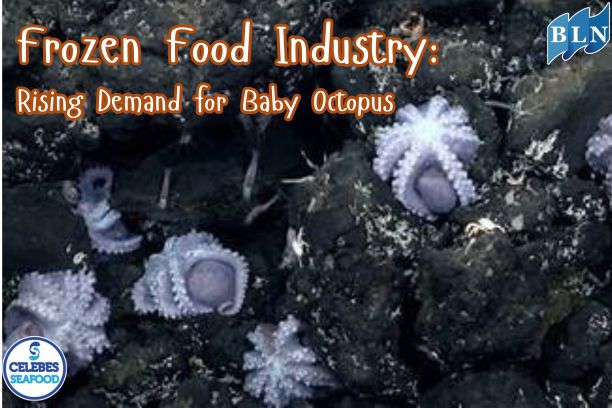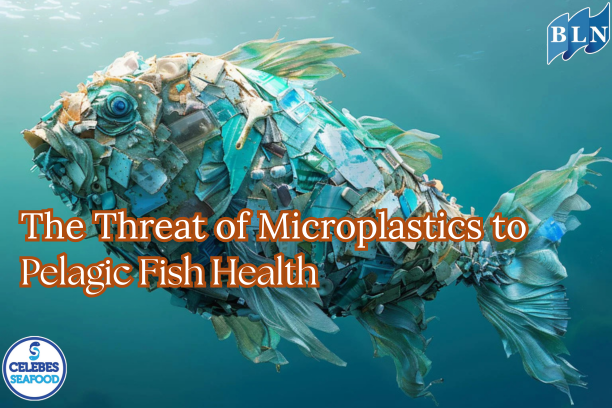The Great Migration: The Journey of Pelagic Fish in the Open Ocean
By. Tri - 26 Aug 2025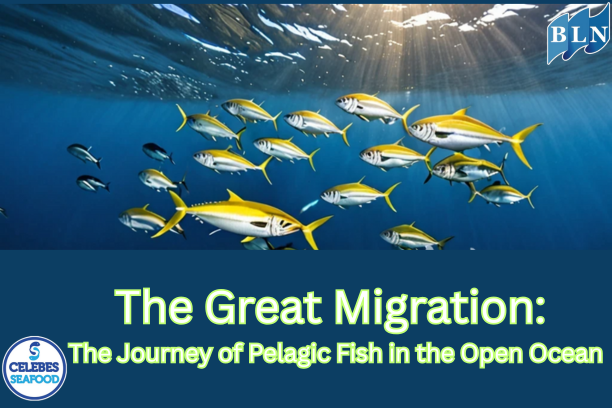
lautnusantara.com Pelagic fish are known as the true nomads of the ocean. Unlike demersal fish, which tend to remain in one area, pelagic fish undertake astonishingly long journeys, sometimes across entire oceans. These massive migrations are among the most spectacular phenomena in the underwater world, driven by fundamental needs: to feed, reproduce, and avoid unfavorable environmental conditions.
Why Do Fish Migrate?
The thousands of kilometers traveled by pelagic fish are not aimless. They migrate for several main reasons:
- Foraging: The ocean is a dynamic ecosystem. The availability of food, such as plankton and small fish, often varies seasonally and geographically. Pelagic fish will follow the movements of their prey to nutrient-rich areas. For example, tuna follow the migratory paths of small fish, while mackerel migrate to waters teeming with zooplankton.
- Reproduction: Many pelagic fish species travel long distances to specific spawning grounds. These locations often have ideal conditions, such as the right water temperature and currents, to ensure the survival of eggs and larvae. The most famous example is salmon, which migrate from the ocean upstream to the rivers where they were born to spawn.
- Avoiding Extreme Conditions: Changes in water temperature, oxygen levels, or salinity can force fish to move. Migration helps them find waters with optimal environmental conditions for survival and reproduction.
Examples of Phenomenal Pelagic Fish Migration
- Pacific Salmon: The story of the salmon migration is one of the most epic. After spending several years in the open ocean, adult salmon make an incredible journey back to the same rivers where they hatched. They swim against currents, jump rapids, and face predators, all for one goal: reproduction. After spawning, most Pacific salmon die, ending their life cycle.
- Bluefin Tuna: Known as one of the greatest migrants, bluefin tuna can cross the Atlantic Ocean in less than two months. They migrate between continents to feed in rich waters and return to tropical waters to breed. This journey demonstrates their incredible physical endurance and navigational abilities.
- Atlantic Herring: Herring undertake seasonal migrations in massive schools that can weigh thousands of tons. They move between warm, shallow waters near the coast to spawn and deeper, cooler waters offshore to feed. Their migration is crucial because they serve as a primary food source for other predators, including whales and seals.
Navigating the Vast Ocean
How do these fish find their way across such a vast ocean without maps? Scientists believe pelagic fish use a variety of sophisticated navigational cues, such as:
- Earth's Magnetic Field: Some studies suggest that fish like salmon can sense Earth's magnetic field, which acts as their internal "compass."
- Water Temperature and Chemistry: Differences in temperature, salinity, and water chemistry can help fish determine location and direction.
- Sun and Star Position: In some species, the positions of celestial bodies may provide navigational cues.
Understanding pelagic fish migration is crucial for conservation efforts and fisheries management. By tracking their movements, scientists can identify vulnerable spawning areas and protect migration routes from threats such as overfishing and climate change. The story of their journey is not only a natural wonder, but also a reminder of the complexity and fragility of life in the ocean.
If you are interested in our OCTOPUS WHOLE CLEANED BALL TYPE, OCTOPUS WHOLE CLEANED FLOWER TYPE please do not hesitate to contact us through email and/or whatsapp.
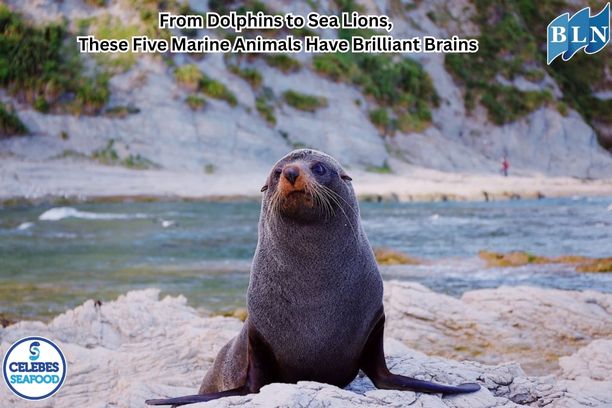

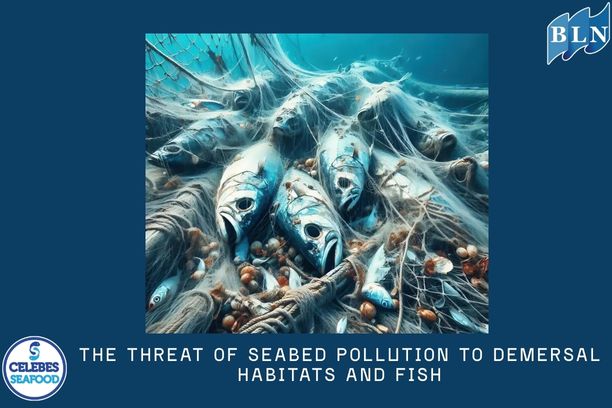
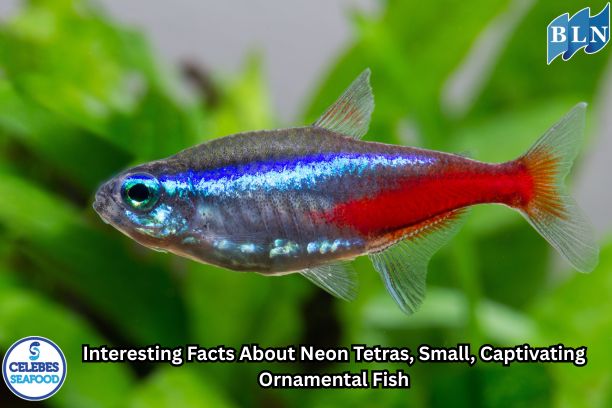
 Biological Uniqueness and Their Role in the Ecosystem.jpg)
